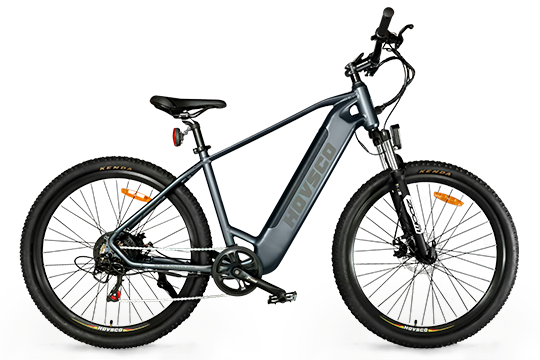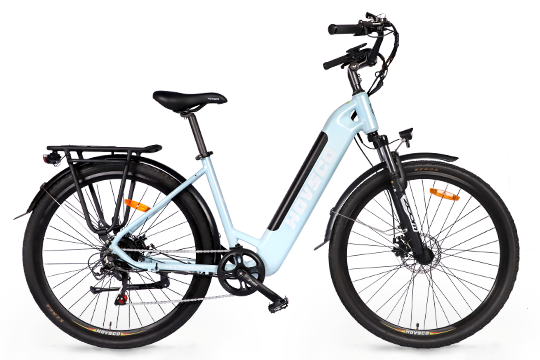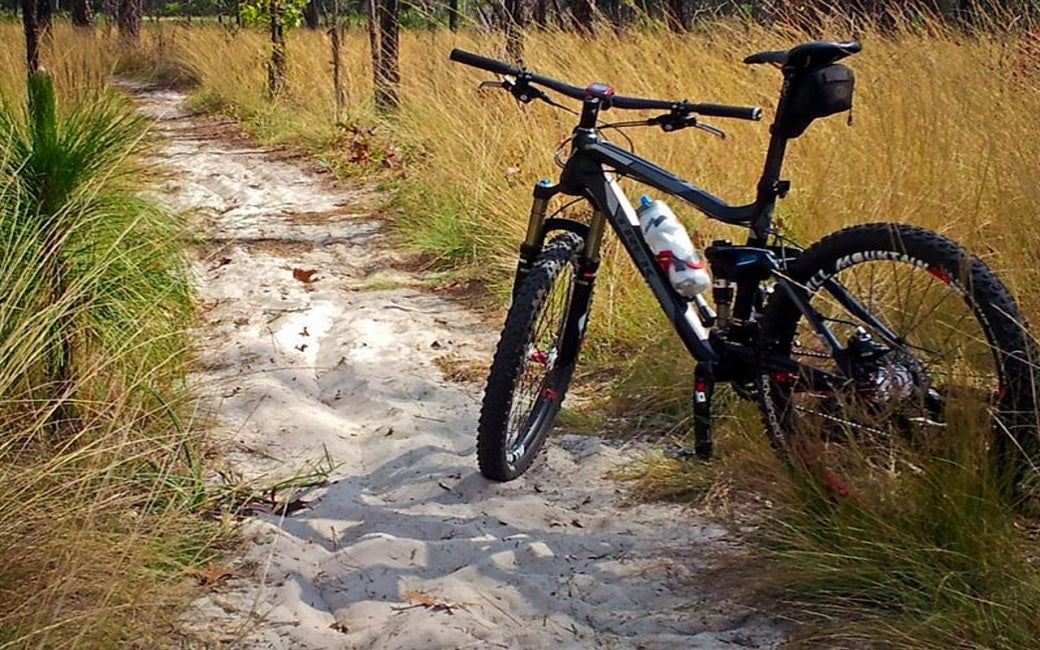How to Replace a Derailleur Hanger

Even though replacing a derailleur hanger is not difficult, it must be done properly to ensure smooth shifting.
Additionally, in many cases, a broken derailleur hanger indicates a problem with the transmission, such as a bent or improperly fitted rear derailleur, a damaged or too short chain, etc. Hangers can break if they are not checked and repaired promptly after installation.
You should always leave your ebike in the hands of a competent technician. If this isn't the case, be sure to follow these guidelines.
The tools:
You will only need a few tools to complete the installation of a derailleur hanger. You will need the following materials:
- Hexadecimal keys (for installing the derailleur hanger and derailleur)
- Torx
In addition, the following items are required for the installation of the chain and the adjustment of the derailleur:
- A tool with a chain (for splitting the chain)
- Screwdriver with a Philips head (for adjusting the derailleur)
How to repair the derailleur hanger
Preparedness and removability
Derailleur hangers are often damaged by colliding with the derailleur or another object. Ensure, however, that none of the other critical components of your ebike have been damaged. Check for damage to the frame, derailleur, chain, shifter cable, and rear wheel before proceeding. Repair any damage you find before continuing.
Remove any remaining components of the old derailleur hanger from the new hanger. Remove the back wheel to gain easy access to the derailleur hanger, and then remove the derailleur from the hanger using a hex or Torx key, depending on the type of derailleur. The derailleur hanger must be removed from the frame with a minor hex key; in my case, it is a 4mm hex key. When you're done, make sure to clean the derailleur hanger mount so it doesn't get damaged.
Install the new derailleur management system.
As you will not be able to properly tighten the screws in the aluminium derailleur hanger without a torque wrench, apply some Loctite to the threads of the screws. Screw the derailleur hanger onto the frame once the derailleur hanger is in place. The notch on this part should only be used one way, towards the rear of the ebike. Avoid cross-threading and do not overtighten the bolts; about 2Nm is sufficient.
The derailleur hanger is easy to install, but avoid overtightening the screws.
Configuration of the derailleur and the wheel
With a standard dropout hanger, you can now install the derailleur without any problems. If you have a direct mount derailleur hanger, you will need to remove the B-link from the derailleur before proceeding. Secure the derailleur to the derailleur hanger and tighten it to around 8-10Nm. A B-link should not have any gaps between it and the notch of the derailleur hanger. The b-screw must contact the derailleur hanger under certain circumstances. As shown, tilt the derailleur a little to the left or right so that the b-screw applies some force to the notch in the hanger.
Once the derailleur has been mounted, switch it to the setting to reduce resistance. The clutch mechanism must first be engaged in the off position, and then the clutch mechanism must be engaged in the locked position for Shimano's Shadow Plus derailleurs and SRAM's Cage Lock derailleurs. Having installed the back wheel, we can move onto the next phase, which is installing the chain.
A B-Link should be positioned against the notch of the derailleur hanger to ensure proper alignment.
Deliver and install the chain
Before we begin, let's review the basics of chain installation. Additional information on installing and removing chain links, as well as chain length and connection types, is provided in the article How to Replace a Mountain Ebike Chain.
I am using a used and worn chain to attach the cassette, which is consistent with the condition of the chainring and cassette. You should replace your chain if the wear on your chainring and cassette has not reached its maximum capacity. As a result, a new chain on old chainrings is not a good solution since it reduces performance and increases chain wear. A master link is a two-part outer chain link that makes it much easier to install and remove the chain (and maybe reused depending on the type of chain link you purchase).
Normally, two links are added to a chain; however, when a master link is used, only one link is added.
Place the chain tool above the center of the pin, then use it to push the pin out of the chain so that it is completely out. It takes a lot of effort to get started. Having removed the pin, remove the tool and reinstall the chain. If you have a front derailleur, you should pass the chain through it before the chain is wound around the chainring and cassette. Pay attention to the rear derailleur since the chain must travel in a straight line between the guide pulley and tension pulley to avoid rubbing on the cage tab.
Put a section of the master link on each end of the chain and pull them together to complete the chain. Make sure that the master link's two sides are aligned, and then press the two sides together. Stress the chain to ensure that the master link is securely fastened. If the master link is damaged or worn, locating the link between the cassette and chainring, applying the rear brake, and turning the crank will provide additional force.
You must engage the clutch mechanism of the derailleur once again to complete the process. Depending on your derailleur, you may need to activate the clutch mechanism or disable the Cage Lock feature.






Leave a comment